Accordingly, sepsis in children is a severe systemic infection - poisoning, occurring when the body's immune system overreacts to microbial agents (bacteria, viruses, parasites, fungi) causing multiple organ failure, which can lead to rapid death.
It is estimated that every year, around 20 million children (under 5 years old) in the world suffer from sepsis and 3 million of them die. At the National Children's Hospital, the Internal Medicine Intensive Care Unit receives 1-2 children with sepsis/septic shock for treatment every day.
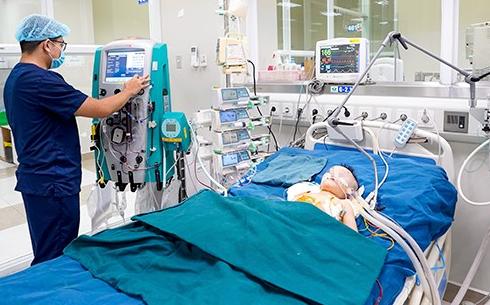
Sepsis causes a high risk of death in children (photo source: National Children's Hospital).
Boy NH (1 year old, Hanoi) was previously healthy, but the illness progressed at home for about 5 days with symptoms such as persistent high fever that was difficult to reduce, fatigue, sneezing, and runny nose. The family gave the child antipyretics and antibiotics, but the child still had a persistent high fever, fatigue, and rapid breathing, so he was taken to the National Children's Hospital on August 30.
The child was admitted to the Emergency and Poison Control Department in a very critical condition, with respiratory failure, circulatory failure, and a lot of crying. Initial tests showed high inflammation index, blood clotting disorder, increased liver enzymes, and acute kidney failure.
Immediately, the doctors determined that this was a case of sepsis and septic shock. The child was intubated, given fluids, vasopressors and broad-spectrum antibiotics to stabilize him and then transferred to the Internal Medicine Intensive Care Unit.
Here, the patient continued to receive intensive resuscitation and treatment for septic shock, but the condition did not improve significantly. The child had complications of pericardial effusion, pleural effusion, and acute renal failure. Doctors performed drainage of pericardial and pleural fluid and continuous blood filtration.
Test results confirmed that the cause of the infection in the child was Staphylococcus aureus. This is a fairly common cause of damage to many organs such as pneumonia, pleural effusion, pericardial effusion, osteomyelitis, and arthritis.
The child was actively treated with antibiotics, pleural and pericardial drainage (clearing out infection sites), respiratory support, and circulatory support. After 14 days of treatment, the child's condition improved but was still severe.
Another case of sepsis that was recently saved by doctors at the National Children's Hospital is a girl named PT (18 months old). Four days before being admitted to the hospital, the child had a boil on the back of her neck. On the second day, the child had a high fever and loose stools.
The family took the child to the district hospital for examination and the doctor prescribed outpatient medication. However, the child continued to have a high fever, cyanosis, and difficulty breathing, so the family took the child to the provincial hospital.
Here, doctors diagnosed the child with sepsis and transferred him to the National Children's Hospital in a state of multiple organ damage: severe pneumonia, pleural effusion and blood clotting disorder. The cause of the disease was determined to be Staphylococcus aureus.
Thanks to the dedication and efforts of the doctors and nurses with active treatment measures such as mechanical ventilation, pleural drainage, cardiac support drugs and antibiotics, the child has overcome the critical stage and has been weaned off the ventilator, but still needs to be monitored for post-sepsis complications.
MSc. Dr. Le Nhat Cuong - Department of Internal Medicine Intensive Care said that septic shock is a common medical condition. Many patients are admitted to the hospital in a very critical condition. If not detected and treated promptly, the disease will progress to multiple organ failure (liver, kidney, blood clotting disorder).
Treatment of septic shock is mainly early detection, timely use of antibiotics, respiratory resuscitation with mechanical ventilation, circulatory resuscitation with vasopressors, and cardiac support. In addition, some active support measures for patients with sepsis include: continuous blood filtration support in patients with renal failure, use of artificial heart and lung (ECMO) for patients with severe respiratory failure, severe circulatory failure that does not respond to the use of vasopressors.
It is worth noting that despite many advances in resuscitation treatment, septic shock remains a major disease burden, with mortality rates decreasing but still high.
According to Dr. Chu Thanh Son - Department of Internal Medicine Intensive Care, early detection of sepsis in children is quite difficult for parents, because these symptoms are also common in benign fever diseases. However, sepsis progresses rapidly, with serious complications if not promptly intervened and supported.
Some telltale symptoms include slurred speech or confusion, muscle tremors or pain, fever, no urine output, difficulty breathing, fatigue, exhaustion, pale or purple-tinged skin.
Sepsis is an emergency condition, and the outcome of treatment depends on how quickly the child is detected and treated. If you suspect or confirm that your child has an infection and the above symptoms appear, you should take your child to a medical facility immediately for examination and timely treatment.
In cases that respond well, recovery can occur after 7-14 days. In cases that are detected and treated late, the child may die or suffer lifelong sequelae of sepsis.
The cause of sepsis can be viruses, bacteria, fungi and parasites, so doctors will diagnose it by blood culture tests, rapid antigen test, gene amplification test, and at the same time look for infections such as pneumonia, skin and soft tissue infections, and urinary tract infections.
Source



![[Photo] General Secretary To Lam receives US Ambassador to Vietnam Marc E. Knapper](https://vstatic.vietnam.vn/vietnam/resource/IMAGE/2025/3/31/5ee45ded5fd548a685618a0b67c42970)
![[Photo] President Luong Cuong meets with King Philippe of Belgium](https://vstatic.vietnam.vn/vietnam/resource/IMAGE/2025/4/1/1ce6351a31734a1a833f595a89648faf)
![[Photo] Official welcoming ceremony for the King and Queen of the Kingdom of Belgium](https://vstatic.vietnam.vn/vietnam/resource/IMAGE/2025/4/1/9e1e23e54fad482aa7680fa5d11a1480)
![[Photo] Speeding up construction of Ring Road 3 and Bien Hoa-Vung Tau Expressway](https://vstatic.vietnam.vn/vietnam/resource/IMAGE/2025/3/31/f1431fbe7d604caba041f84a718ccef7)



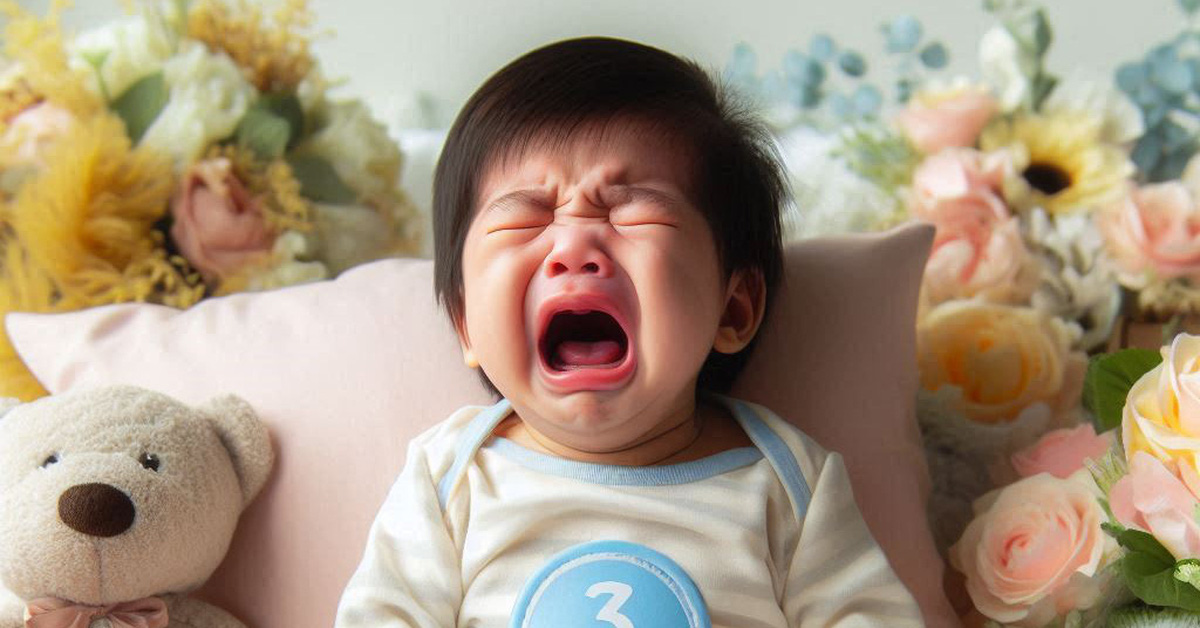

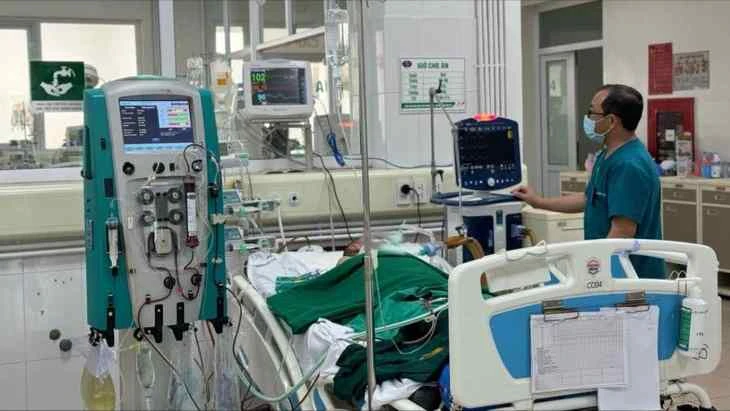

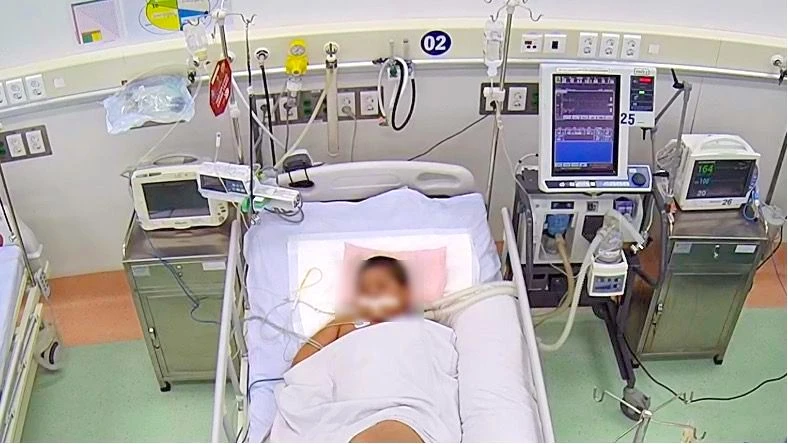


















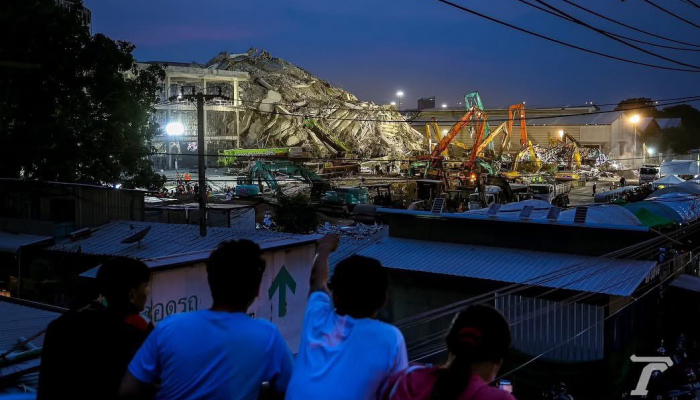








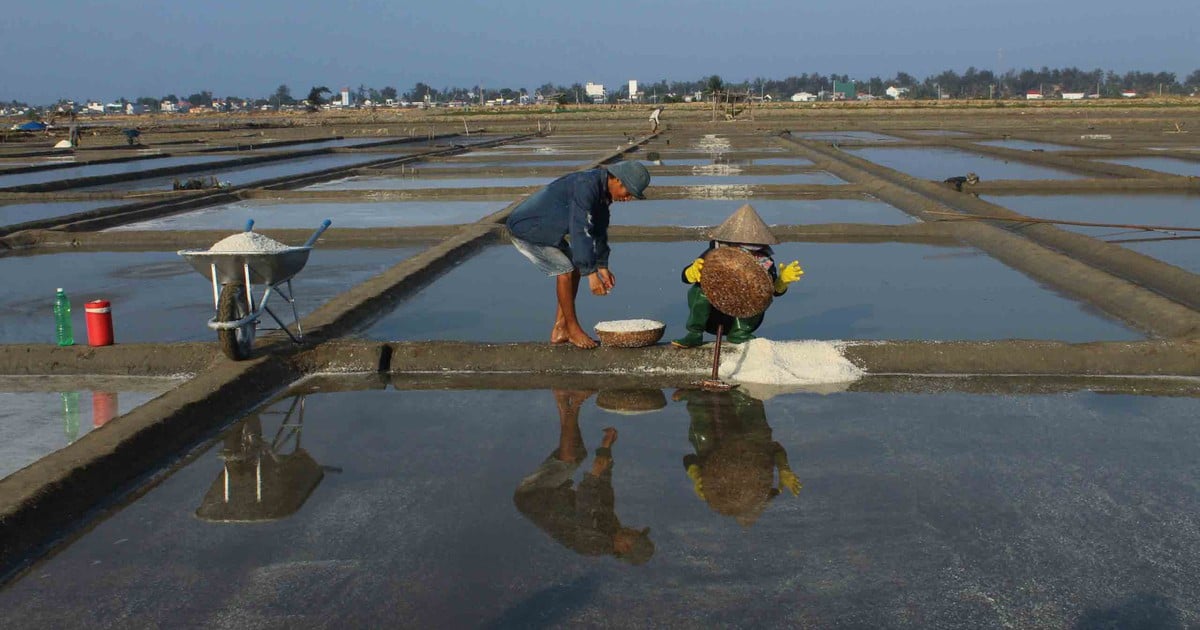









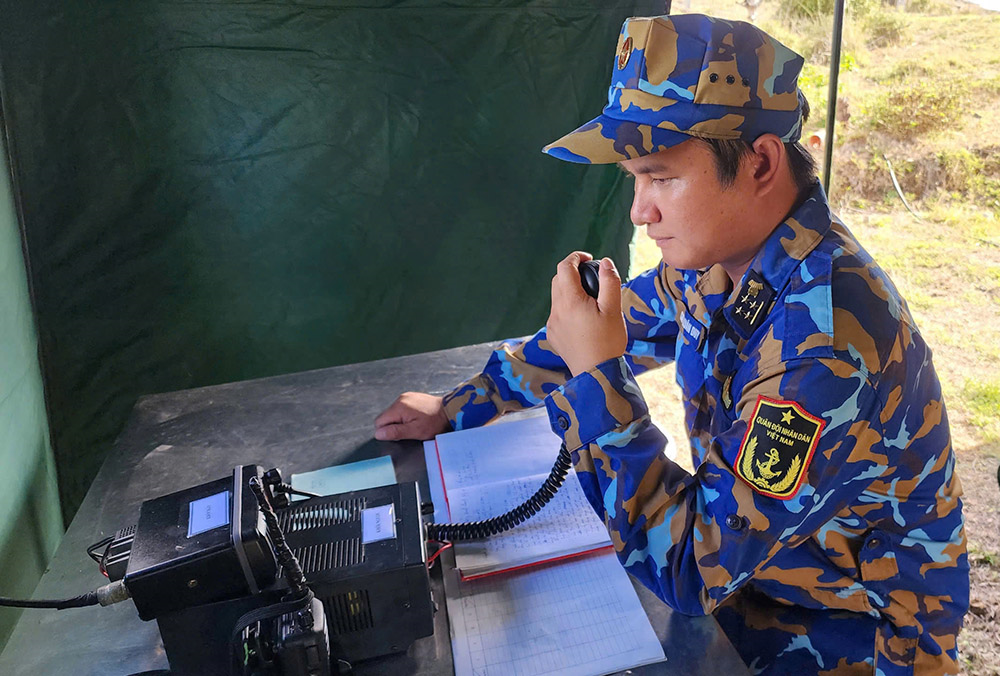














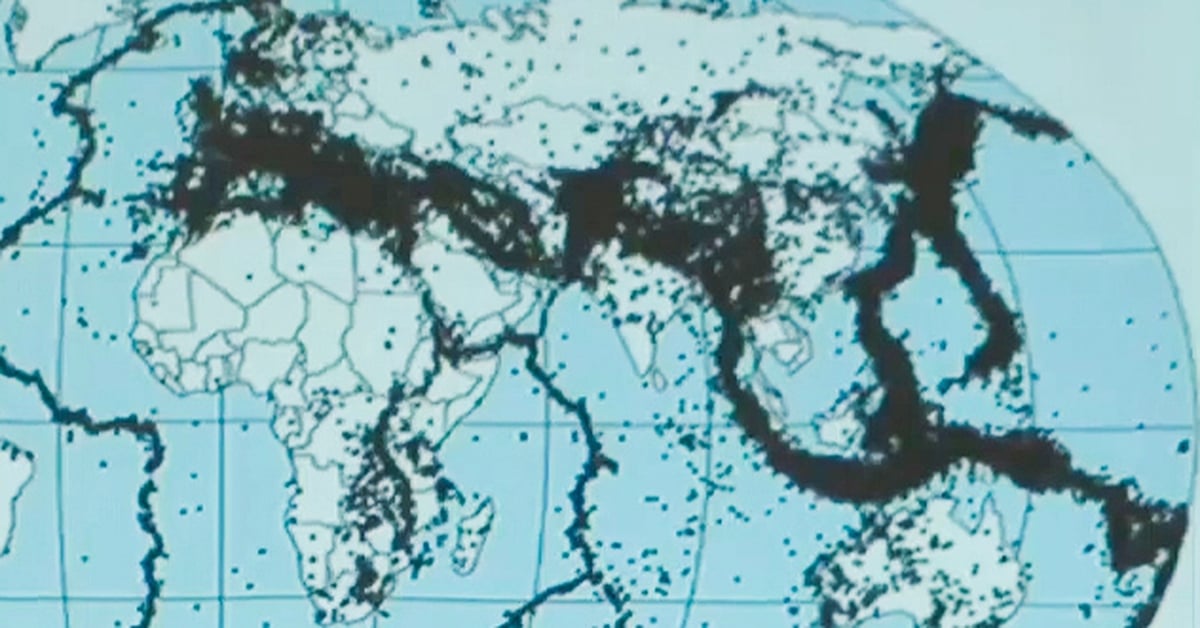













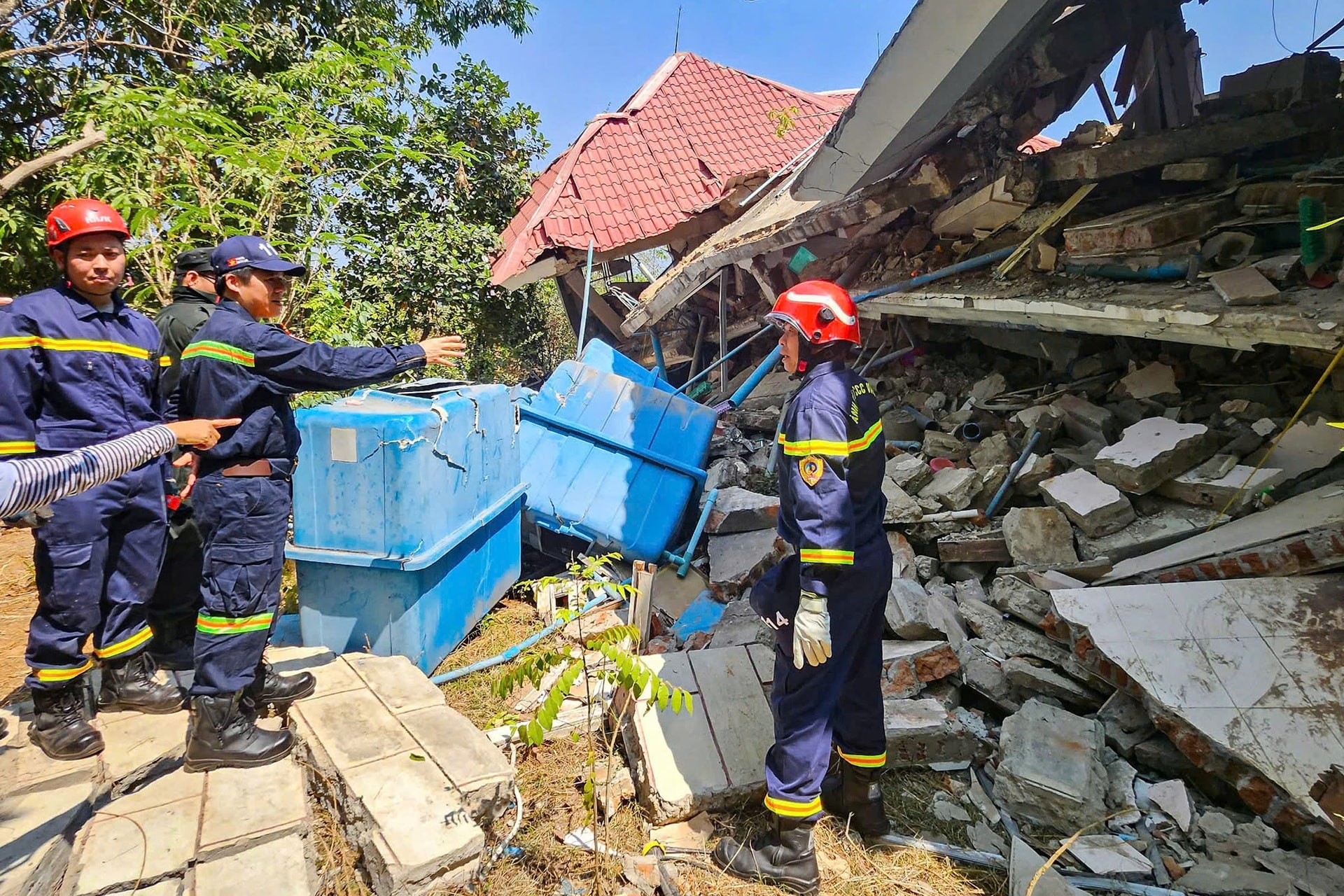















Comment (0)